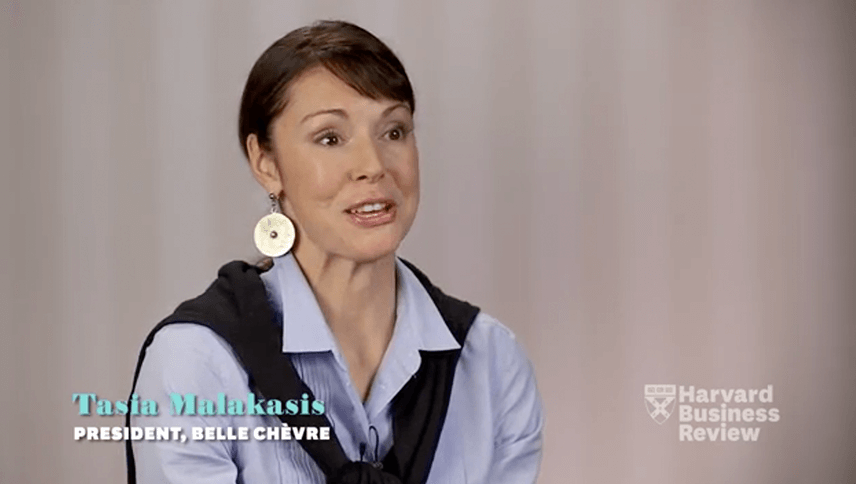Empower Your Customer-Facing Employees
Harvard Business Review
April 28, 2015
To become a customer focused organization, you need to give more power to the employees who know them best, your frontline staff. In our years advising companies on how to do this, my co-author Noel Tische and I have identified five ways to break down those barriers and unleash the creative talent of your frontline workers.
First, change the organizational context. Move from a top-down organization to one that empowers frontline employees. One CEO of a quick service restaurant initiated a 10-policy empowering any employee to spend that much to fix a customer problem. Second, get rid of unnecessary work. We use a tool from General Electric asking people to identify unnecessary reports, approvals, meetings, measurements, and policies that get in the way of serving customers.
It’s called RAMP. Third, streamline the processes you do need. Pepsi’s Bottling Division. Has, for instance, invested in handheld technology to optimize routes and inventory for its delivery drivers. The company then asked those drivers to spend the time they saved with their customers in their stores, identifying product display or cross promotional opportunities that could boost sales.
Fourth, get real time data from the front line. Spanish fast fashion retailer Zara asks its store managers and salespeople for information on a daily basis. This includes not only quantitative cash register receipts, but also qualitative customer comments about things like color preferences or skirt lengths.
The company can then quickly adapt a product globally or for a specific region. Fifth, deliberately promote multi-level and multi-generational collaboration. Crowdsourcing and internal idea markets are just two of the ways that leaders can encourage this sort of cross hierarchical dialogue. A simple example was a retailer that put iPhones and a protective case on a security cord which only the store manager could unlock.
Customers hated the policy because they couldn’t pick up the device and easily get a feel for it. When the policy was changed based on frontline feedback, sales rose more than 30%. The idea is to get intelligence from the frontline about what customers really want. Hierarchy gets in the way. It’s your job as a leader to change that.
Source: https://hbr.org/video/2363556833001/empower-your-customerfacing-employees

















